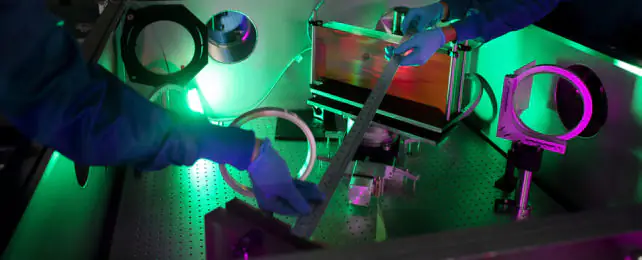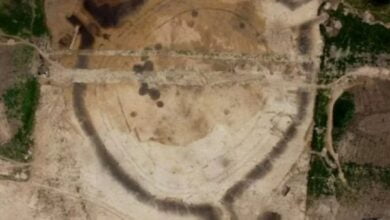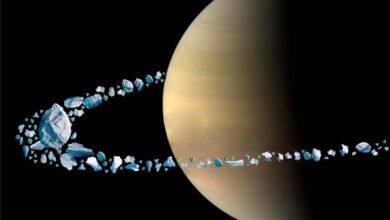
Scientists are going to launch the most powerful laser in the US
(ORDO NEWS) — Now the most powerful laser in the US will be sent this week to send the first pulses, allowing researchers to reach a new level of understanding of plasma physics and particle accelerators.
Known as the Zetawatt Equivalent Ultrashort Pulse Laser System (ZEUS), it produces an ultra-short, extremely powerful pulse of just 25 femtoseconds. A femtosecond is a quadrillionth of a second, or in other words, a femtosecond is the same as a second for about 31.71 million years.
As the capabilities of the laser expand, it could eventually be used to study some of the universe’s most exotic phenomena on a laboratory scale: think the physics of a gamma-ray burst or a black hole.
“ZEUS will be the highest peak power laser in the US and one of the most powerful laser systems in the world,” says astrophysicist Karl Krushelnik of the University of Michigan.
ZEUS is going to start on a smaller scale and then scale up: the first part of the laser to be turned on is known as the high repeat target area, which uses pulses of higher frequency but lower power.
This initial phase will require 30 terawatts (30 trillion watts) of power. - an impressive amount, but only one percent of what ZEUS will eventually be capable of. The energy will be used to explore a new kind of x-ray imaging.
By sending infrared laser pulses from ZEUS into helium gas, which then turns into plasma, the researchers want to create compact X-ray pulses from highly excited electron beams. These x-ray pulses can be used as a very precise and very accurate method of soft tissue imaging.
By the end of 2023, ZEUS should conduct full-scale experiments in areas covering quantum physics. , data security, materials science, remote sensing and medical diagnostics, and the study of some of the most extreme objects in space.
“Magnetars, which are neutron stars with extremely strong magnetic fields. around them and objects such as active galactic nuclei surrounded by very hot plasma - we can recreate the microphysics of hot plasma in extremely strong fields in the laboratory, ”says electrical engineer and computer scientist Louise Willingale of the University of Michigan.
One area of the laser uses the so-called colliding beam geometry, where the laser pulse is split into two parts: one of the pulses can then be used to accelerate electrons into a high-speed beam, which can then be directed to interact back with a second laser pulse.
This results in a simulation of a million times more power than the real ZEUS power can be generated with just one pulse.
Scientists continue to make significant strides in creating more versatile and stable lasers. , and more powerful than ever before, meaning experiments can be done on a larger and larger scale.
The team behind the development and launch of ZEUS emphasizes that the laser is available to researchers around the world. Scientists interested in using it can submit their proposals for approval.
—
Online:
Contact us: [email protected]
Our Standards, Terms of Use: Standard Terms And Conditions.









